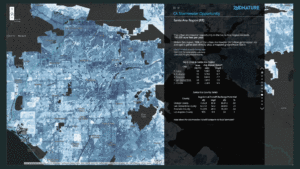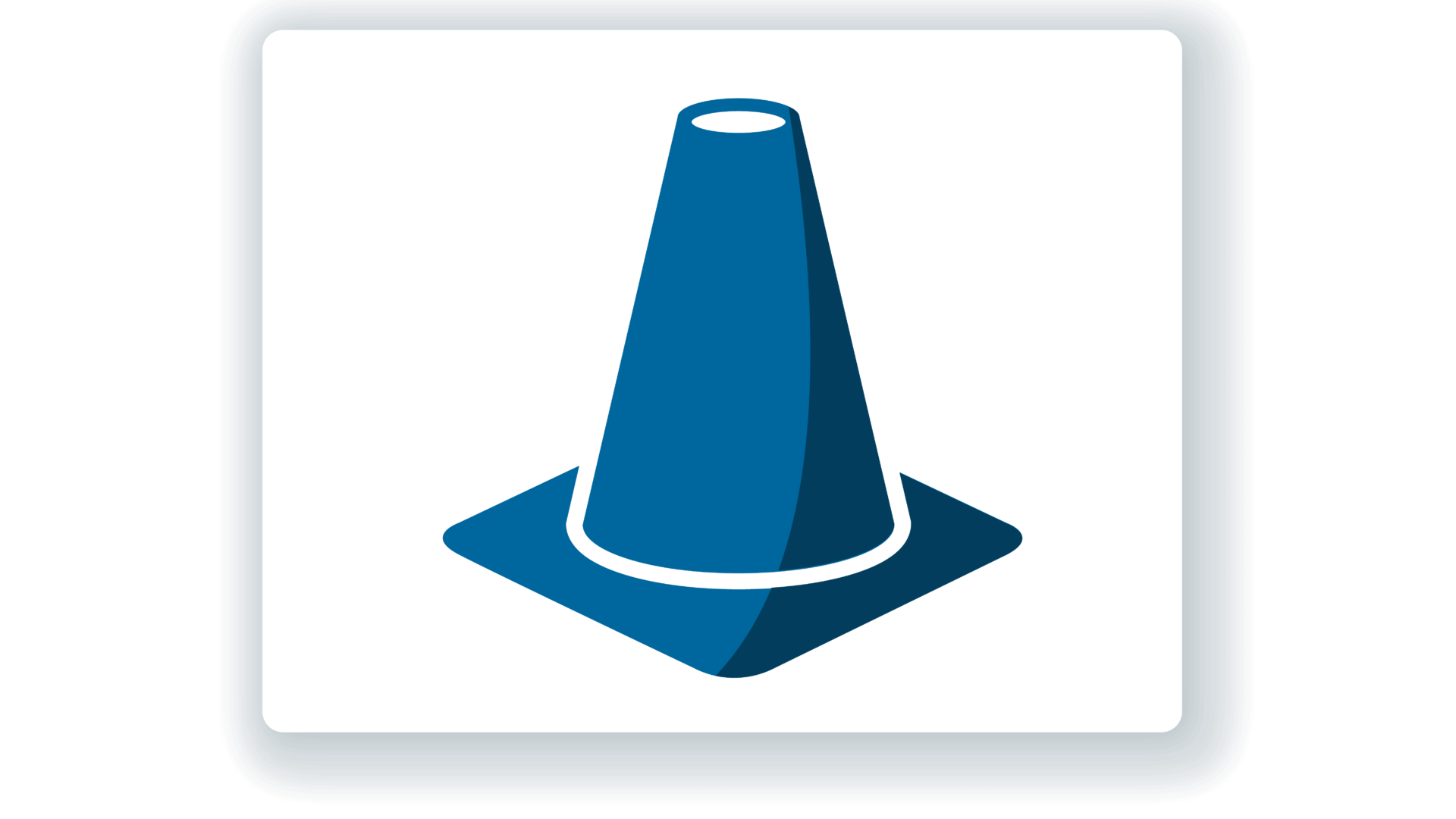Water scarcity has become an increasingly pressing issue as we grapple with climate change’s consequences. In many regions, droughts have become more frequent, and water resources are becoming depleted. Imagine putting 350 billion gallons of water back into the ground each year. It’s feasible if we manage runoff as a resource and sink that water into the ground.
Runoff is a resource, not a waste product
Runoff occurs when precipitation falls on impervious surfaces, such as concrete. Instead of penetrating the ground, the water flows along the surface and eventually finds its way into rivers, streams, and the ocean. Along the way, that water can cause flooding, erosion, and other problems that threaten property, lives, and livelihoods. Imagine transforming that runoff into a resource, recharging groundwater, and supplying plenty of water for agriculture and humans. It’s feasible, and we know where the most significant potential exists.
Where’s the runoff in California?
2NDNATURE performed extensive research to answer that question. Our research suggests California’s average annual urban stormwater opportunity exceeds 2.0 million acre-feet annually. 52% of this urban stormwater (350 billion gallons/year on average) is generated directly atop a mapped groundwater basin. This interactive map enables you to explore the outcome of that research. This map reveals where annual precipitation could supplement local water supplies and recharge over-drafted aquifers.
Use this INTERACTIVE MAP created by the science team at 2NDNATURE to explore the opportunities.

How can California harvest runoff?
There are several opportunities to harness runoff as a resource in California:
- Managed Aquifer Recharge: Capture the rain and store it underground where it belongs. By intentionally recharging aquifers with stormwater, managed aquifer recharge enhances groundwater quality and quantity and reduces flooding and erosion. Investments in managed aquifer recharge can reduce the reliance on surface water sources, which can be limited and vulnerable to droughts and other climate-related stressors, particularly in water-stressed regions.
- Rainwater Harvesting: Rainwater harvesting involves collecting and storing rainwater for later use. This can be done in various ways, from simple rain barrels to more sophisticated systems that collect and filter water for household use. Rainwater can be used for multiple purposes, including watering plants, washing clothes, and even drinking (if adequately treated).
- Green Infrastructure: Green infrastructure refers to nature-based solutions engineered to manage water, such as parks and green roofs. These systems can help reduce runoff by allowing water to infiltrate the soil and be taken up by plants. This can help reduce the risk of flooding and erosion while also providing a variety of other benefits, such as improved air quality and habitat for wildlife.
- Permeable Pavement: Permeable pavement allows water to pass through it and infiltrate into the ground below. This can help reduce runoff by allowing rainwater to sink into the ground where it falls. Permeable pavement is particularly useful in urban areas, where impervious surfaces are common and the risk of flooding is high.
- Effective stormwater management: Finally, stormwater management refers to a range of techniques that are used to manage runoff from storms. This can include using storm drains, catch basins, retention ponds, bioswales, and other infrastructure that capture and filter runoff before it enters water bodies. By managing stormwater effectively, cities and towns can reduce the risk of flooding and erosion while protecting water quality and aquatic ecosystems.
Conclusion
In conclusion, runoff is a valuable resource that can be harnessed in various ways. By using techniques such as rainwater harvesting, green infrastructure, permeable pavement, and stormwater management, we can reduce the impact of climate change on water resources while providing various other benefits to our communities. We hope you’ll use this interactive map to answer the question, Where’s the runoff in California?


